Rodents
Rodents’ instincts make them difficult to control, and they present a serious menace to your property. If you’re in need of rodent control services, here’s what you should know about these pests:
Rodents’ instincts make them difficult to control, and they present a serious menace to your property. If you’re in need of rodent control services, here’s what you should know about these pests:

Rats are instinctively wary of rat control measures such as traps and bait, and colonize in attics, burrows, under concrete and porches, in wall voids and other hard to reach places.
Rats can harbour and transmit a number of serious diseases. They can also introduce disease-carrying parasites such as fleas, lice and ticks into your home.
They invade your property seeking food, water and warmth. Without mouse control intervention, one pair of mice may produce 200 offspring in four months.
Each mouse can contaminate much more food than it eats..
Rodents readily enter premises in search for food and water, and at times shelter. Therefore, sanitation and food processing procedures are necessary.
At Environmental Essentials, our specialists are trained to locate for rodents or signs of rodents and their activities within your premises and the external environment.
Management for rodents utilise traps and poison baits. Other control strategies include rodent proofing, sanitation measures and reducing their population soonest possible.
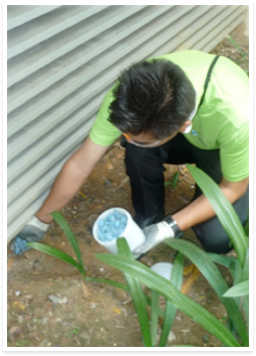
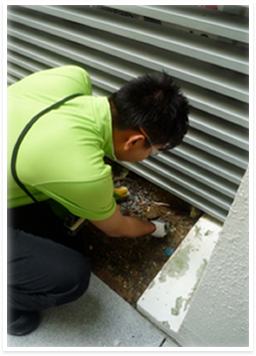
It is always advisable to store food off the ground and away from walls. Such a practice reduces opportunity for pests to gain access to food and improves cleaning measures.
More than 100 pathogens are associated with flies including: Salmonella, Staphylococcus, E. coli and Shigella.
These pathogens can cause disease in humans and animals, including: typhoid fever, cholera, bacillary dysentery, hepatitis, ophthalmia, polio, tuberculosis and infantile diarrhea.
Sanitation is critical to managing these pests, but accurate identification is essential for successful fly management.
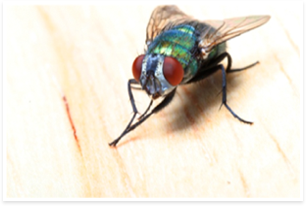
• Depending on the species, the life expectancy of a fly is eight days to two months, or in some cases, up to a year.
• Flies belong to the Order Diptera, meaning two wings.
• Flies plague every part of the world except the polar ice caps.
• One pair of flies can produce more than 1 million offspring in as little as six to eight weeks.
• As many as 33 million microorganisms may flourish in a single fly’s gut, while a half-billion more swarm over its body and legs.
• Flies spread diseases readily because they move quickly from rotting, disease-laden garbage to exposed human foods and utensils.
• Because they only have two wings, flies land often and therefore can deposit thousands of bacteria each time they land.
• For every fly seen, there are an estimated 19 more hidden from view. This means humans don’t even see most of the flies present at an infestation.
The management of flies is through proper sanitation. Insect light traps used by Environmental Essentials are the top of the range. Measured by a nano-meter, the effectiveness of our bulbs are always kept at its optimum, ensuring an effective UVA emission.
Not all flies are found in the same place. Specialists from Environmental Essentials are trained to locate the breeding grounds and identifying the different kinds of flies to effectively eradicate them.
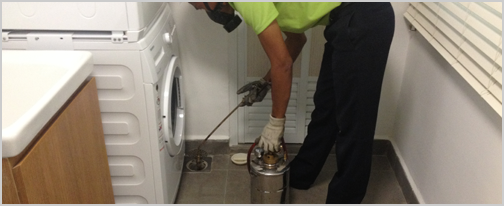
Of all the species of cockroaches, the one that has the greatest potential for becoming persistent and troublesome is the German cockroach, which prefers indoor locations.
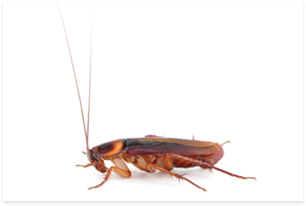
Cockroaches may become pests in homes, schools, restaurants, hospitals, warehouses, offices, and virtually in any structure that has food preparation or storage areas. They contaminate food and eating utensils, destroy fabric and paper products, and impart stains and unpleasant odors to surfaces they contact.
People are repulsed when they find cockroaches in their homes and kitchens. Cockroaches (especially the American cockroach, which comes into contact with human excrement in sewers or with pet droppings) may transmit bacteria that cause food poisoning (Salmonella spp. and Shigella spp.).
German cockroaches are believed to be capable of transmitting disease-causing organisms such as Staphylococcus spp., Streptococcus spp., hepatitis virus, and coliform bacteria. They also have been implicated in the spread of typhoid and dysentery. Indoor infestations of cockroaches are an important source of allergens and risk for asthma among some populations. The levels of cockroaches and allergens are directly related to cockroach density, housing disrepair, and sanitary conditions.
Cockroaches usually live outdoors or in masonry enclosures away from buildings, only occasionally invading buildings themselves. It is important to correctly identify the species involved in a cockroach infestation so that the most effective control method(s) may be chosen.
Conducive environment which provide food, water and shelter are important considerations for a cockroach infestation in your property.
Environmental Essentials makes use of advance baiting technology to get rid of German cockroaches in kitchens and food processing plants. The domino effect created through this system, kills other German cockroaches as well. This excellent system has been the hallmark of Environmental Essentials excellence and success.
Residual treatments are always considered for other cockroaches such as the American cockroach.
The type of treatment is only considered after a thorough inspection of your premise.

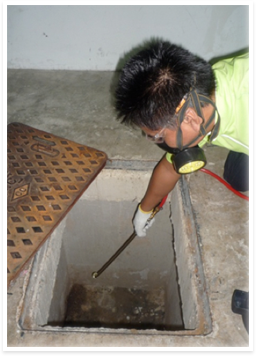
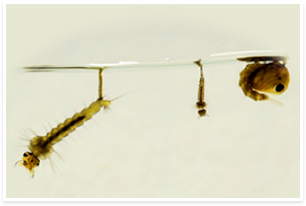
Mosquito adults are small, delicate, two-winged flies. At first you might mistake them for the widely distributed, non-biting midges.
However, female mosquitoes differ from similar insects because of their long, slender proboscis, a tubular feeding organ adapted for piercing skin and sucking blood.
If you were to view a mosquito with a hand lens, you would see another characteristic that distinguishes mosquitoes from closely related flies—small scales cover their long, slender wings.
Male mosquitoes also have scale-covered wings, but they use their proboscises, or “beaks,” only for sucking plant juices and other sources of sugar rather than blood.
Mosquito larvae, or wigglers, usually are black or brown and occur in stagnant or nearly still water in surface pools, tree holes, or man-made containers such as abandoned tires. Culex and Aedes larvae have a distinctive siphon, or air tube, at the rear of their bodies, which is lacking in Anopheles.
The next immature stage, the pupa, or tumbler, is aquatic, small, comma-shaped, and usually a dark colour.
Environmental Essentials approach to mosquito management has been ‘Search & Destroy’.
Therefore, all sources that create stagnant water will be advised to be removed or repaired by our specialist.
Pesticide measures are used to manage the adult population of mosquitoes.

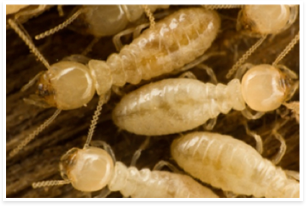
Termites have lived on Earth for more than 250 million years. While termites can be helpful in breaking down rotting wood in the environment, these wood-destroying insects also can cause extensive damage to homes. Sometimes known as the “Silent Destroyers,” termites may leave few signs of activity as they steadily consume wood and wood – based materials in the walls, ceilings and floors of your property.
Unfortunately, once termite activity is visible, your property may have already sustained significant damage from these pests.
While each termite species thrives in different climates and eats different types of food, all termites require four things to survive — food, moisture, shelter and optimal temperature. Unfortunately, all homes, regardless of their construction type, can provide these ideal conditions for termite infestation.
While termites only measure approximately one centimetre (1 cm) in length, their feeding habits are capable of causing costly damage to your property.
A termite management system is incomplete unless conditions favouring their survival are changed.
Environmental Essentials makes use of an advance Termite Detection System to detect termites’ presence in your property.
Treatment for termites varies from pre and post construction. We believe that a proper pre-construction termite barrier system is essential to reduce termite infestation in future.
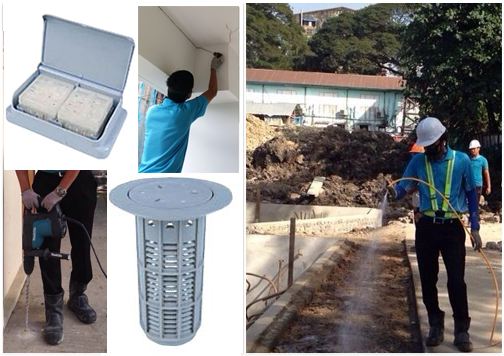
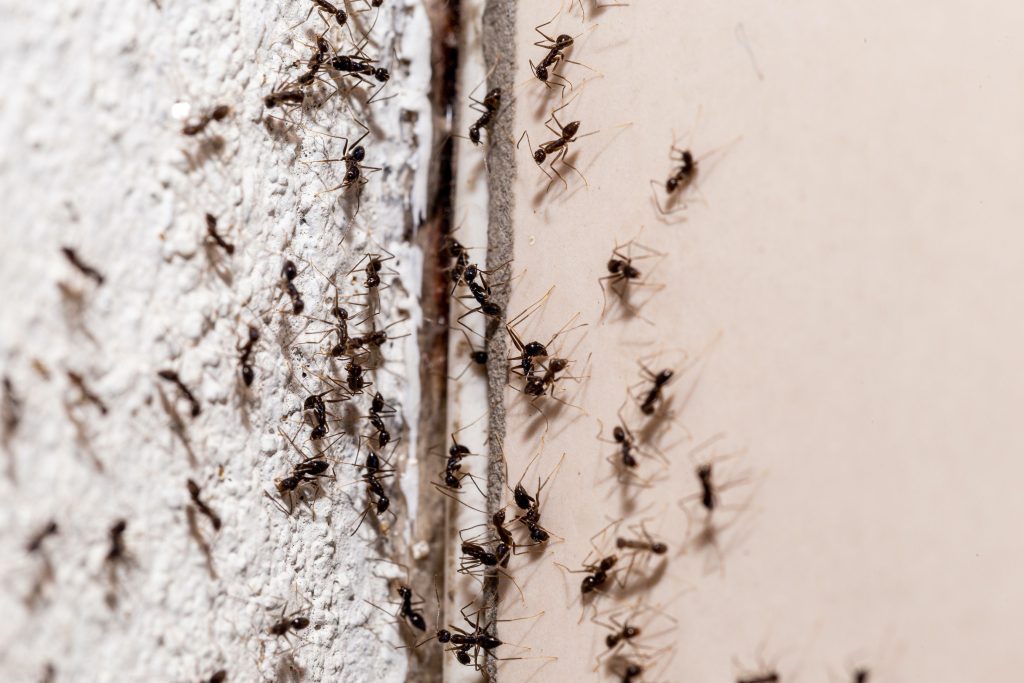
Ants are among the most prevalent pests in households. They are also found in restaurants, hospitals, offices, warehouses, and other buildings where they can find food and water.
Inside buildings, household ants feed on sugars, syrups, honey, fruit juice, fats, and meat. Long trails of thousands of ants may lead from nests to food sources, causing considerable concern among building occupants.
Ants usually nest in soil; nest sites vary with species but are often found next to buildings, along sidewalks, or in close proximity to food sources such as trees or plants that harbor honeydew-producing insects. They also construct nests under boards, stones, tree stumps or plants, and sometimes under buildings or other protected places.
Our specialist will advise you to keep all areas free of food particles, wash all soiled utensils and excess water wiped dried from sinks.
Environmental Essentials believe that ant management is successful through our Ant Baiting System. The ants bring this bait to their nesting site and thus destroying the rest of the colony.
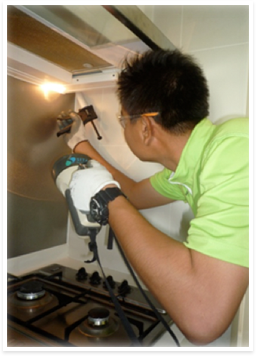
Bed bugs are small insects that feed on both animal blood and human blood.
These insects have been around for centuries, and they are so well-adapted to feeding on human that most people may not be aware when they are being bitten.
Bed bugs generally feed when people are sitting calmly or sleeping, and they particularly enjoy feeding at night.
Adult bed bugs can survive for more than a year without feeding, which is one adaptation that has ensured the survival of bed bugs.
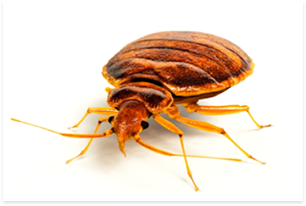
Today, many people are still ignorant about bed bugs. Some people believe they are immune to the problem as long as they keep a clean house. That is not true. People also generally believe that bed bugs are a problem only for the lower-class. That is not true either. Any home or dwelling can become infested, regardless of how clean or tidy it is.
Bed bugs generally live in small groups as opposed to nests or hives. They reproduce quickly and throughout their short ifetime, they can produce up to 500 eggs.
Bed bugs crawl out to feed on human blood at night. They insert their long beaks into human skin and suck out the blood. A feeding may take a couple of minutes or as many as ten minutes.
Days after being bitten, many people develop a welt or itchy bump on the skin later. Some people do not realize that this physical mark is from a bed bug bite. Instead, people commonly assume they have been bitten by a mosquito.
• Bloody stains on bedding
• Dark-coloured stains on sheets (insect excrement)
• A sweet or musty smell in a room (emitted by the insects’ scent glands)
• Shed skins or fecal matter stains
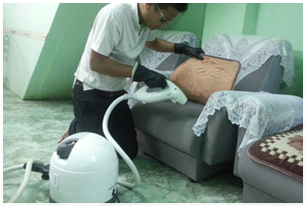
• Single-family homes
• Multi-family homes
• Apartment buildings and complexes
• Schools
• Hotels, motels
• Hospitals
• Dorm rooms
To prevent a Bedbug infestation, a high standard of housekeeping and hygiene must be maintained.
Crack and crevices should be sealed to prevent harbourage areas for these Bedbugs. Thus, the whole premises will be inspected by Environmental Essentials specialist and a thorough treatment carried out. Such a treatment can last up to about several hours.
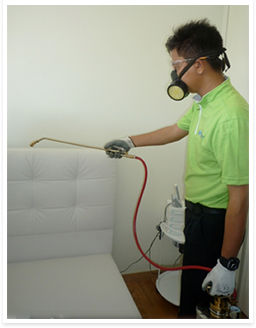
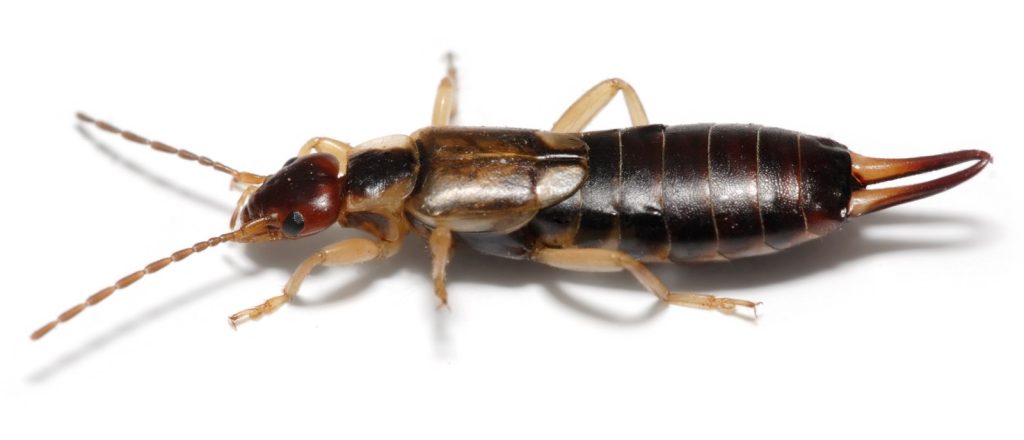
Different species of earwigs live in different places. However, most earwigs prefer to live in damp, dark places that go undisturbed. Earwigs tend to live outside, but can become an issue if they start seeking shelter inside your home.
Earwigs are nocturnal. During the day, they hide. Earwigs feed on decaying organic matter and vegetation. They also feed on other smaller insects. Earwigs typically enter a home in order to find food or escape poor weather conditions. They will infiltrate your home via unsealed cracks or small openings. You’ve probably heard the myth that earwigs crawl into people’s ears while they are sleeping. This is an urban legend that has no scientific evidence to support it. In actuality, earwigs are pretty much harmless to humans.
EECL controls earwigs in and around homes using the best industry methods. Our technicians conduct a thorough investigation and customize a solution specifically for your property’s needs. EECL’s treatments ensure your home will be protected from earwigs as well as other pests. You’ll receive the best customer service and convenient, effective treatments to remove and prevent earwig infestations with EECL by your side.


Millipedes live on the ground in areas with lots of moisture. Wet plant matter, especially decaying vegetation and mulch, is a millipede’s ideal living condition. Millipedes are arthropods, not insects—they’re also invertebrates. They have a cylindrical exoskeleton and eat decomposing plant matter.
Millipedes usually enter homes because they were driven out of their natural habitat. Areas with high levels of moisture let these pests survive indoors. With the right conditions, millipede infestations can grow quickly. These pests can damage plants and make your house uncomfortable.
Stop millipedes from getting into your home with convenient, professional pest management from EECL. Our technicians start with a thorough inspection of your property, inside and out. EECL designs a plan to remove and prevent infestations, tailored specifically for the size and shape of your house. EECL’s treatments ensure your home will be protected from millipedes as well as other pests.
